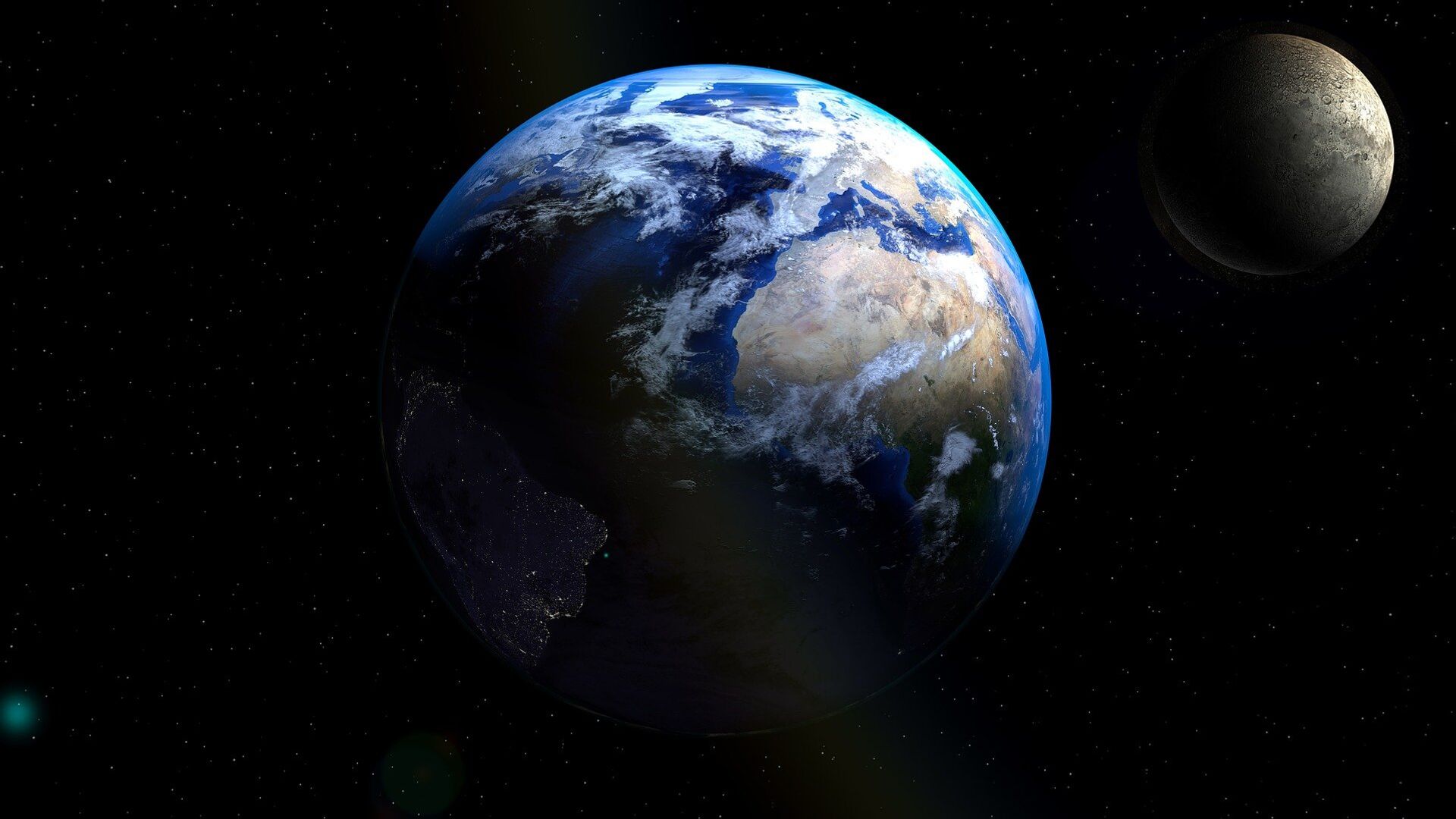https://sputnikglobe.com/20230623/humans-have-pumped-so-much-groundwater-it-moved-earths-rotational-pole-1111431858.html
Humans Have Pumped So Much Groundwater It Moved Earth’s Rotational Pole
Humans Have Pumped So Much Groundwater It Moved Earth’s Rotational Pole
Sputnik International
A new study has found just how much pumping groundwater affects the planet: it literally causes the poles to move.
2023-06-23T21:11+0000
2023-06-23T21:11+0000
2023-06-23T21:10+0000
aquifer
wells
north pole
shift
geology
beyond politics
https://cdn1.img.sputnikglobe.com/img/105020/85/1050208536_1:0:1919:1079_1920x0_80_0_0_fbef59d04c8eb302cfc2fdf8370ec3fc.jpg
The study, recently published in the Geophysical Research Letters, has found that wells tapping underground water aquifers have redistributed enough of the Earth’s mass to affect its spin.Between 1993 and 2010, humans pumped around 2,150 gigatons of groundwater, the equivalent of raising the ocean level by 6 millimeters. That caused the planet’s poles to shift about 80 centimeters (31.5 inches) to the east, roughly in the direction of Russia's Novaya Zemlya.Scientists had previously discovered in 2016 that polar motion was affected by how water is stored on the planet. However, its impact had not been directly quantified."Observing changes in Earth's rotational pole is useful for understanding continent-scale water storage variations," Seo said. "Polar motion data are available from as early as the late 19th century. So, we can potentially use those data to understand continental water storage variations during the last 100 years. Were there any hydrological regime changes resulting from the warming climate? Polar motion could hold the answer."Other events can also cause the planet’s pole to change its location, including powerful earthquakes and large meteor strikes, both of which alter the shape of the Earth’s crust. Each year, the pole shifts several meters.The scientists isolated ground water pumping as the cause by running different models that included different phenomena, and only arrived at a solution when groundwater was accounted for.Climate change is affecting this as well. As the planet warms and more and more polar and glacial ice melts, it changes where that water is distributed on the planet and causes the sea level to rise.
Sputnik International
feedback@sputniknews.com
+74956456601
MIA „Rossiya Segodnya“
2023
News
en_EN
Sputnik International
feedback@sputniknews.com
+74956456601
MIA „Rossiya Segodnya“
Sputnik International
feedback@sputniknews.com
+74956456601
MIA „Rossiya Segodnya“
groundwater; pole; global warming
groundwater; pole; global warming
Humans Have Pumped So Much Groundwater It Moved Earth’s Rotational Pole
A new study has found just how much pumping groundwater affects the planet: it literally causes the poles to move.
The study, recently published in the
Geophysical Research Letters, has found that wells tapping underground water aquifers have redistributed enough of the Earth’s mass to affect its spin.
Between 1993 and 2010, humans pumped around 2,150 gigatons of groundwater, the equivalent of raising the ocean level by 6 millimeters. That caused the planet’s poles to shift about 80 centimeters (31.5 inches) to the east, roughly in the direction of Russia's Novaya Zemlya.
Scientists had previously discovered in 2016 that polar motion was affected by how water is stored on the planet. However, its impact had not been directly quantified.
"Earth's rotational pole actually changes a lot," said geophysicist Ki-Weon Seo of Seoul National University in South Korea,
in a news release. "Our study shows that among climate-related causes, the redistribution of groundwater actually has the largest impact on the drift of the rotational pole."
"Observing changes in Earth's rotational pole is useful for understanding continent-scale water storage variations," Seo said. "Polar motion data are available from as early as the late 19th century. So, we can potentially use those data to understand continental water storage variations during the last 100 years. Were there any hydrological regime changes resulting from the warming climate? Polar motion could hold the answer."
Other events can also cause the planet’s pole to change its location, including powerful earthquakes and large meteor strikes, both of which alter the shape of the Earth’s crust. Each year, the pole shifts several meters.
The scientists isolated ground water pumping as the cause by running different models that included different phenomena, and only arrived at a solution when groundwater was accounted for.
"I'm very glad to find the unexplained cause of the rotation pole drift," he added. "On the other hand, as a resident of Earth and a father, I'm concerned and surprised to see that pumping groundwater is another source of sea-level rise."
Climate change is affecting this as well. As the planet warms and more and more polar and glacial ice melts, it changes where that water is distributed on the planet and causes the sea level to rise.


